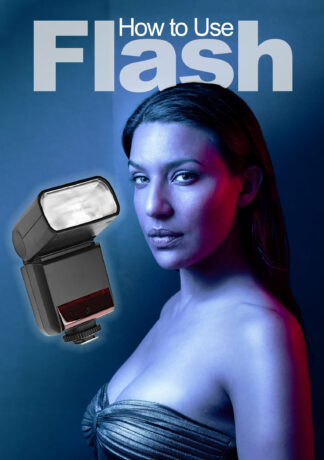While the camera body contains the sensors and logic to focus an image, the lens impacts the focus speed in two ways:
- For most lenses, the lens contains the electric motor that turns the lens elements. The faster the motor is, the faster the camera can focus. Some motors are louder than others, too, and a quiet autofocus system is nice.
- Lenses with small maximum f/stops, such as f/2.8, allow more light to reach the camera’s autofocus sensors. Therefore, an f/2.8 lens will focus much faster than an f/5.6 lens, especially in low-light.
In our tests with dozens of lenses in sports scenarios, we never found a difference in focusing speed between different lenses of the same focal length and f/stop. Switching between bodies—such as moving from a D5500 to a D7200—makes huge difference. Switching between lenses? Notsomuch. One exception to that is with some older lenses, and third party lenses, like the YongNou 50mm f/1.8 for Canon. While Tamron and Sigma seem to have focusing speeds comparable to Canon and Nikon, other third-party manufacturers haven’t yet mastered it. Other than focus speed, consider whether a lens offers full-time manual focusing. Higher-end lenses allow you to adjust the focus even when the lens is set to auto-focus, which can be convenient for fine-tuning. Less expensive lenses require you to flip a switch to manually focus the lens.



